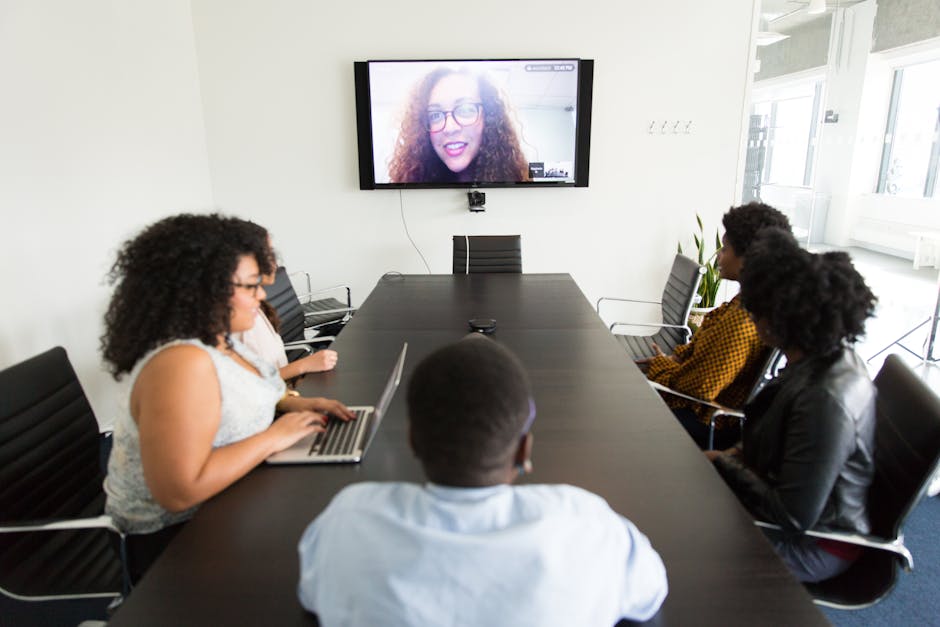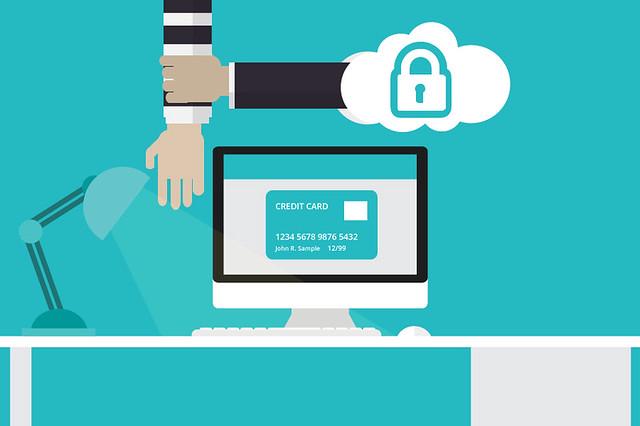Remote work has become a significant part of our professional lives, bringing both opportunities and challenges. Effective communication, reliable technology, and a well-structured workspace are crucial elements that contribute to a successful remote working experience. Understanding these components can help create an environment where productivity thrives while maintaining security and balance.
Communication Protocols
Regular check-ins are essential for staying connected in a remote work setup. Set specific times for meetings between the supervisor and the remote worker for the first 60-90 days. These touch-base meetings help evaluate how the remote working situation is performing and allow for real-time adjustments.
Choosing the right communication tools is crucial for remote work success. Invest in apps like Slack for instant messaging, Google Meet or Zoom for video conferencing, and a comprehensive project management system to keep everyone in sync.
Key Communication Strategies:
- Set up a communication plan outlining which platforms are used for different types of communication.
- Establish clear expectations for response times and availability.
- Use videoconferencing tools to simulate in-office team interactions.
- Create a procedure for notifying the team when a remote worker is unavailable.
Foster a culture of trust and openness. Regularly engage with your remote workers, invest in relationships, and keep the lines of communication open. Address any issues promptly and tweak protocols as needed to fit the evolving needs of the team.
"Remote work thrives on the assumption that everyone is committed and can perform their tasks without constant supervision."
Create an accessible document that outlines all these protocols for new and existing team members to refer to. This ensures that everyone is on the same page and knows exactly how to communicate effectively within the team.

Technology and Security
Invest in a reliable shared drive system, like Google Drive or Microsoft OneDrive, for easy and secure file sharing and collaboration. Pair these with a central project management system to streamline workflows and keep everyone on track.
Essential Security Measures:
- Use a Virtual Private Network (VPN) to encrypt internet connections
- Install antivirus software and a strong firewall on all devices
- Implement proper data protection practices
- Enforce strong password policies and encourage the use of password managers
- Establish regular backup strategies using secure, cloud-based solutions
Conduct regular training sessions on cybersecurity best practices, including the dangers of phishing, the importance of software updates, and maintaining secure passwords. Continuously review and update your tech stack and security measures to adapt to new tools and emerging threats.

Setting Up a Productive Workspace
Invest in ergonomic furniture to support your posture and reduce the risk of discomfort from sitting for extended periods. A good ergonomic chair and a sit-stand desk provide flexibility and comfort.
Workspace Essentials:
| Item | Purpose |
|---|---|
| Ergonomic chair | Support posture during long work hours |
| Sit-stand desk | Allow flexibility in working positions |
| External monitor | Reduce eye strain and improve productivity |
| Noise-canceling headphones | Maintain focus in noisy environments |
Choose a quiet, secluded area of your home for your workspace, away from high-traffic zones and noise sources. Ensure a reliable and high-speed internet connection. Consider a mesh Wi-Fi system for stable connectivity throughout your home.
Optimize lighting in your workspace. Natural light is ideal, but if you lack sufficient sunlight, use a good desk lamp with adjustable brightness and color temperature. Position your desk to avoid screen glare.
Personalize your space with plants, photos, or art that make you feel comfortable and happy. Plants can improve air quality and enhance your mood and productivity1.

Maintaining Work-Life Balance
Establish a consistent daily routine that mirrors typical workplace hours. Set specific times to begin work, take lunch, and finish for the day. Start your morning with familiar rituals to prepare your mind for the workday ahead.
Strategies for Work-Life Balance:
- Take regular breaks using techniques like the Pomodoro Technique
- Create physical boundaries within your home
- Incorporate leisure and physical activities into your routine
- Set clear digital boundaries
- Prioritize sleep by maintaining a consistent sleep schedule
- Make time for social interactions, even if they're virtual
Schedule time for relaxing activities that rejuvenate you, such as reading, meditating, or engaging in a hobby. Use mindfulness practices like deep-breathing exercises or short meditation sessions throughout the day to manage stress.
By implementing these strategies, you can create a balanced remote work environment that supports both your professional goals and personal well-being.
By focusing on clear communication, data security, and a productive workspace, you can build a sustainable remote working environment that supports both your professional goals and personal well-being. With the right approach, remote work can offer the flexibility and freedom to create a fulfilling work-life balance.
- Nieuwenhuis M, Knight C, Postmes T, Haslam SA. The relative benefits of green versus lean office space: Three field experiments. J Exp Psychol Appl. 2014;20(3):199-214.



